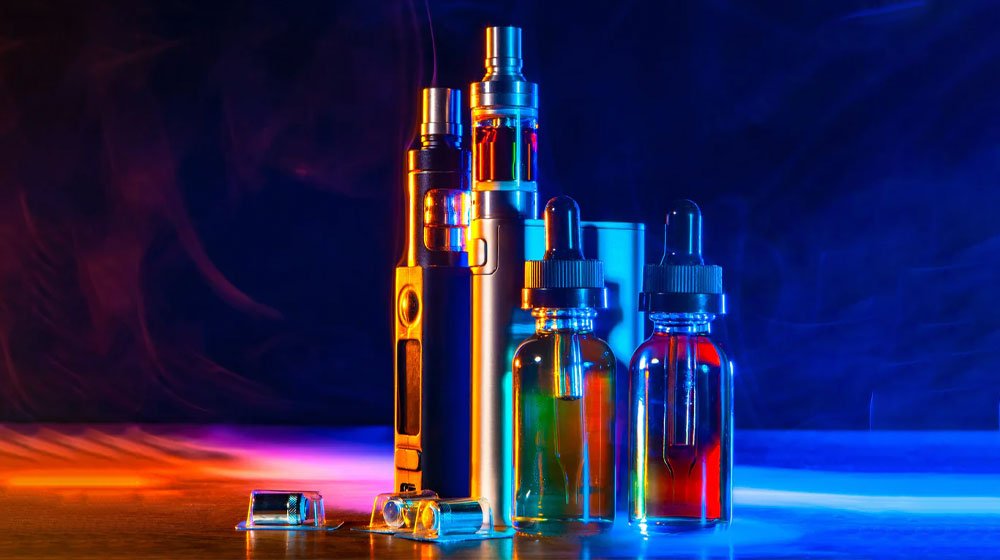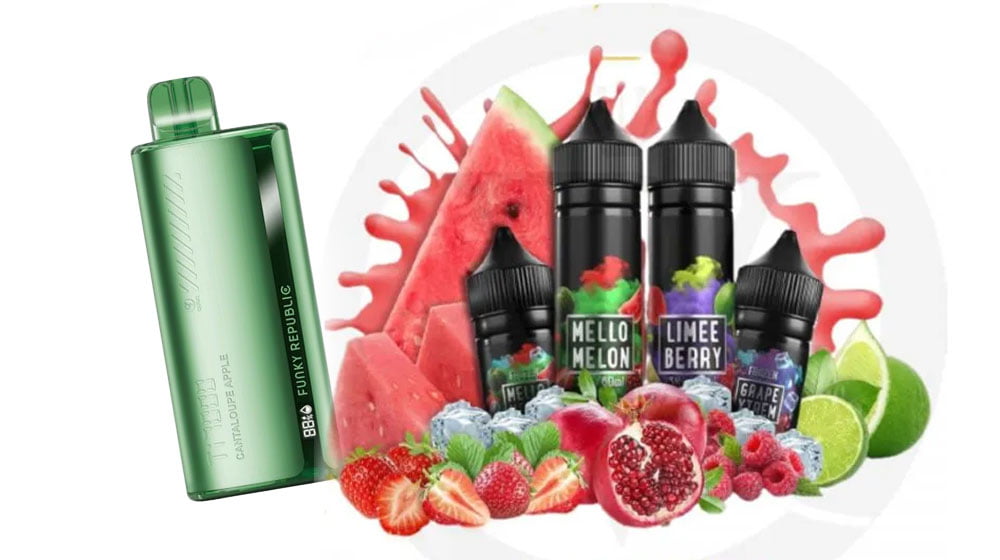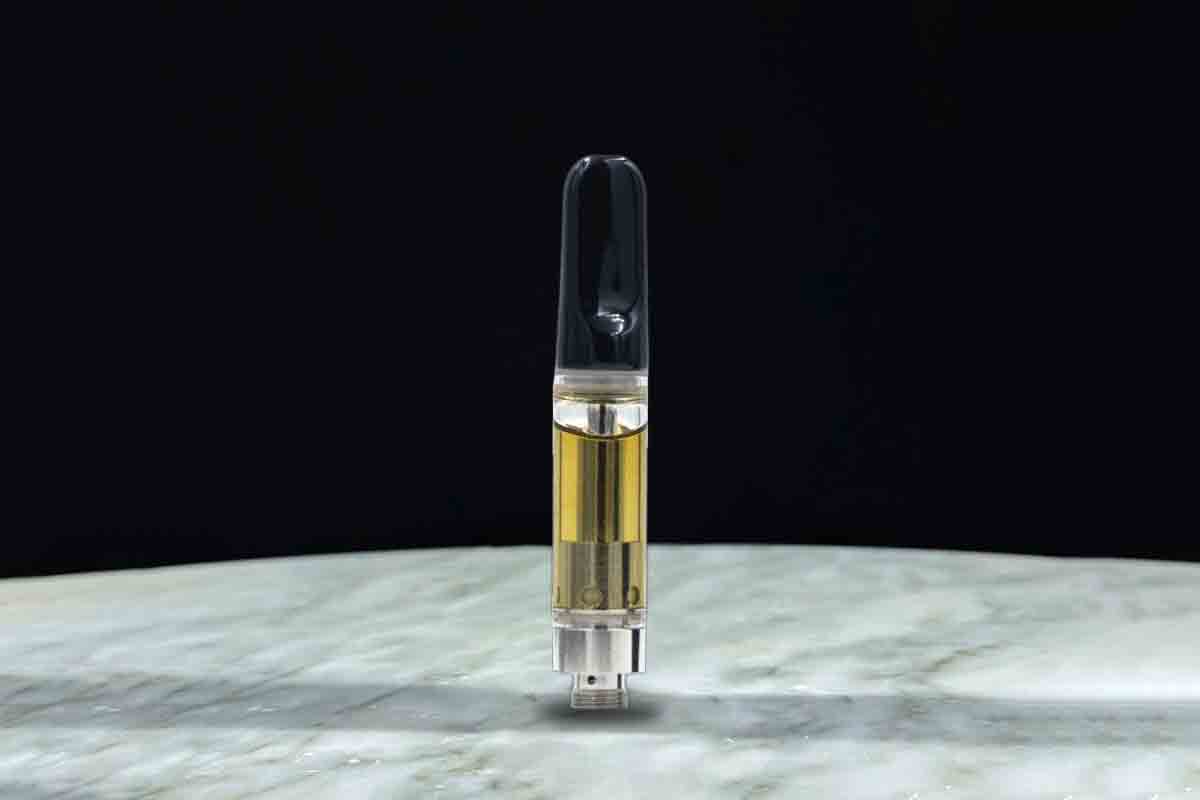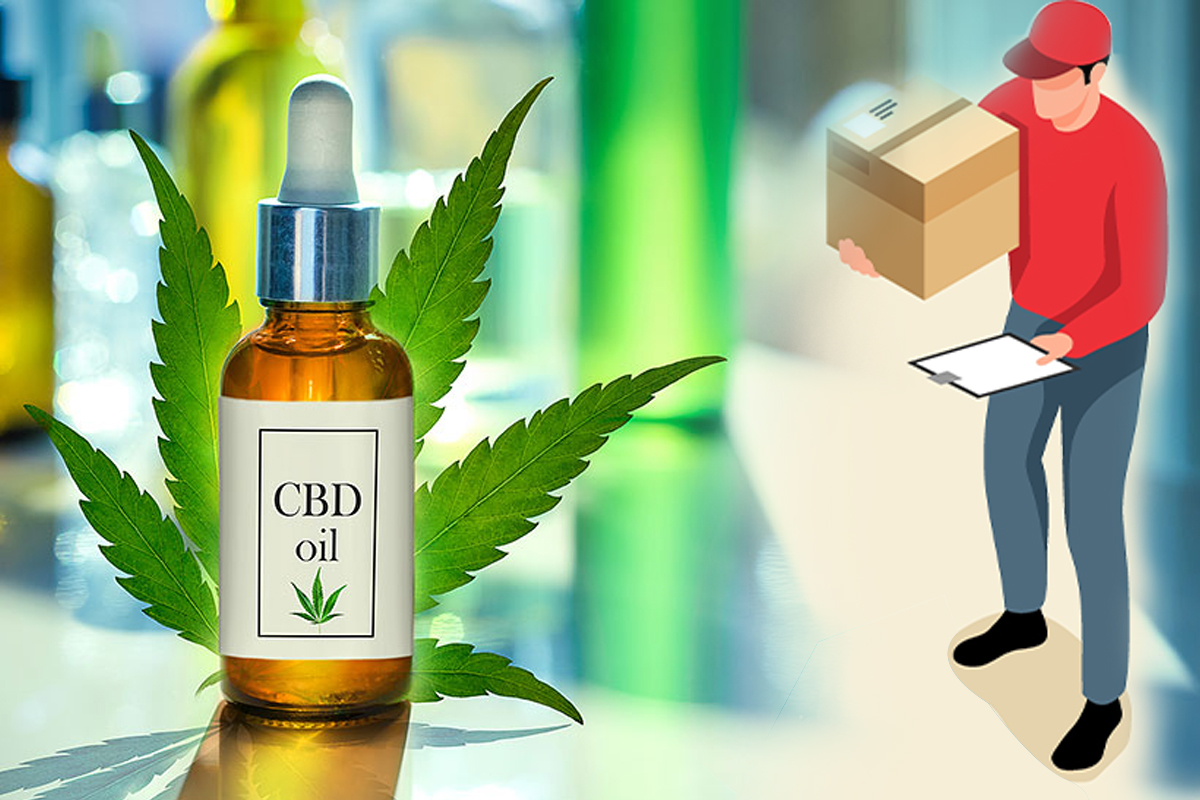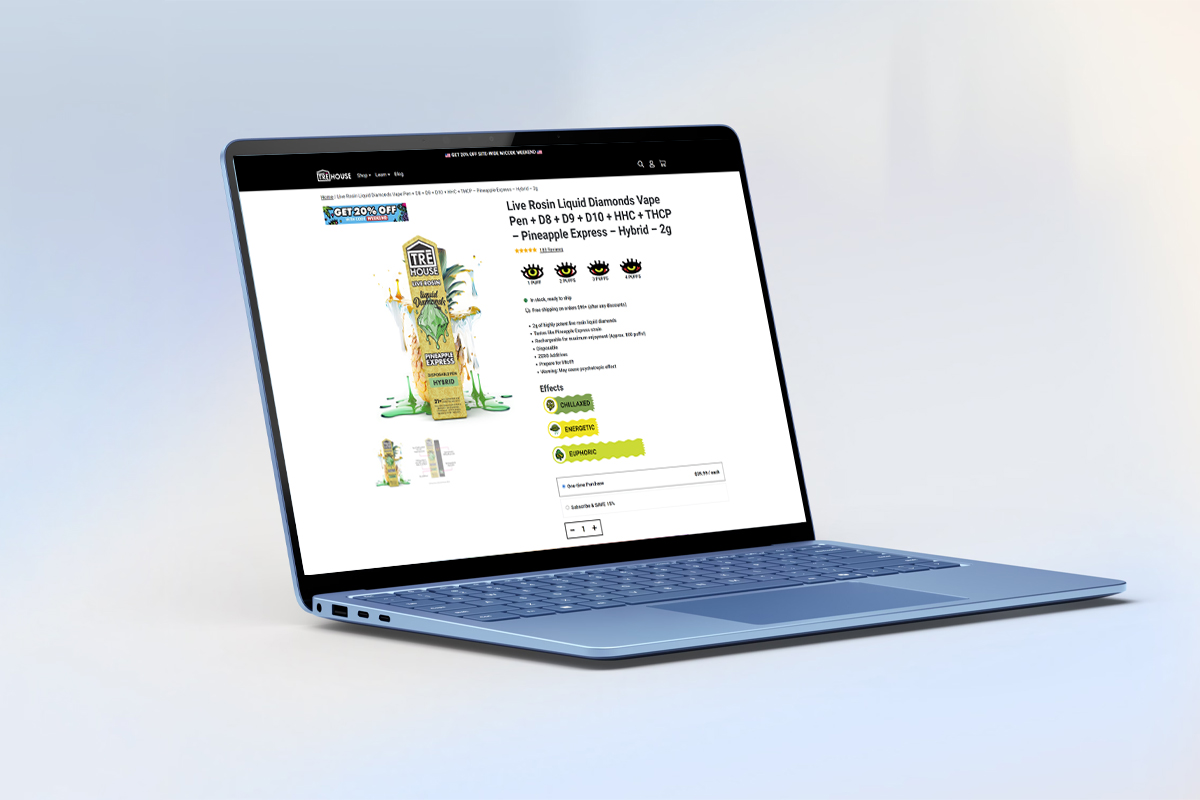How to Adjust the Airflow on a Vaping Device
Adjusting the airflow on a vaping device is a key element in achieving a tailored vaping experience. Whether you’re chasing clouds, enhancing flavors, or finding the perfect throat hit, airflow control allows you to fine-tune your device to match your preferences. This comprehensive guide will walk you through the importance of airflow, how to adjust it on various devices, and how different settings affect your vaping experience.
What Is Airflow in Vaping Devices?
Airflow in vaping devices refers to the amount of air drawn through the device during use. This airflow mixes with the e-liquid vapor produced by the coil, influencing vapor production, flavor intensity, and throat hit. Most modern vaping devices come with adjustable airflow controls, such as rings or switches, allowing users to customize their experience.
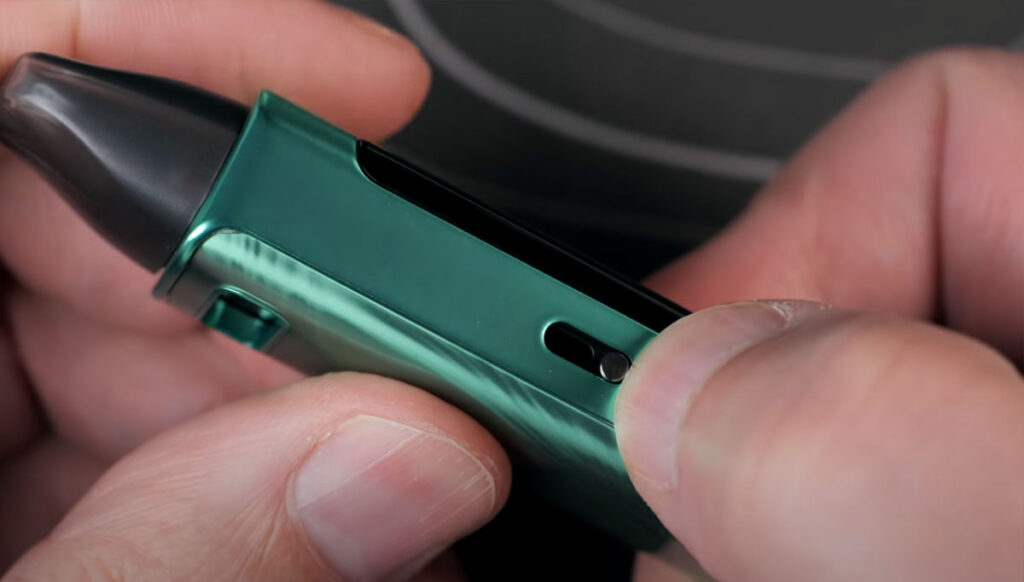
Why Adjust Airflow on Your Vape?
The airflow setting affects the following aspects of vaping:
- Vapor Production: High airflow produces larger clouds, while restricted airflow focuses on flavor.
- Flavor Intensity: Tight airflow enhances flavor concentration, while open airflow dilutes it slightly.
- Throat Hit: Restricted airflow increases throat hit, a sensation many former smokers prefer.
- Nicotine Delivery: Adjusting airflow can impact the perception of nicotine strength.
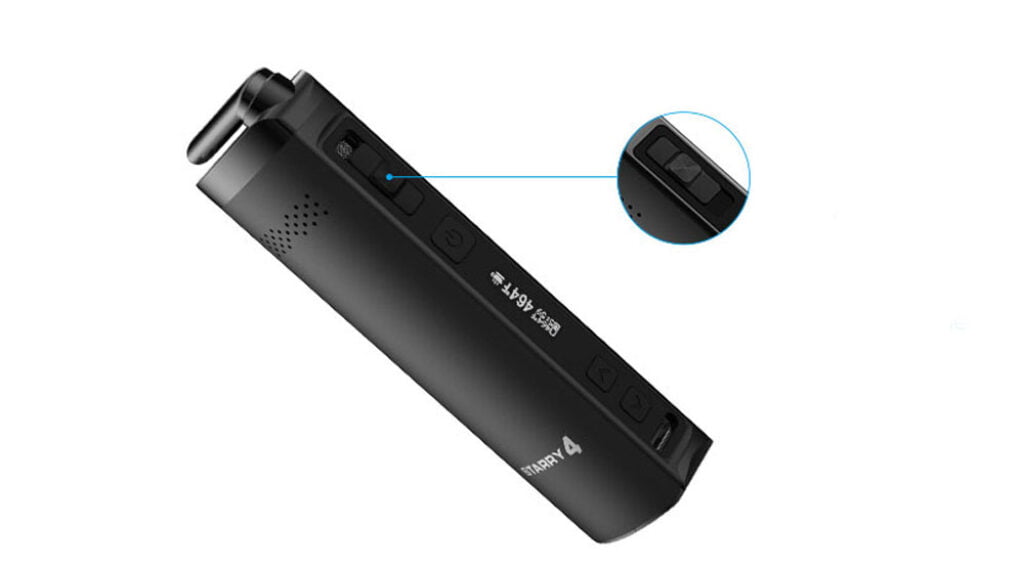
Components That Influence Airflow
- Airflow Control Mechanisms:
Most devices feature an adjustable ring or switch near the tank. Rotating or sliding these controls widens or narrows the airflow holes. - Coil Design and Resistance:
- Sub-ohm Coils: Designed for direct-to-lung (DTL) vaping, these coils benefit from open airflow to manage higher vapor production.
- High-Resistance Coils: Suited for mouth-to-lung (MTL) vaping, these coils require tighter airflow for a cigarette-like draw.
- Tank and Mouthpiece Design:
Tanks with wide airflow channels and larger drip tips favor open airflow, while narrower designs support a restricted draw.
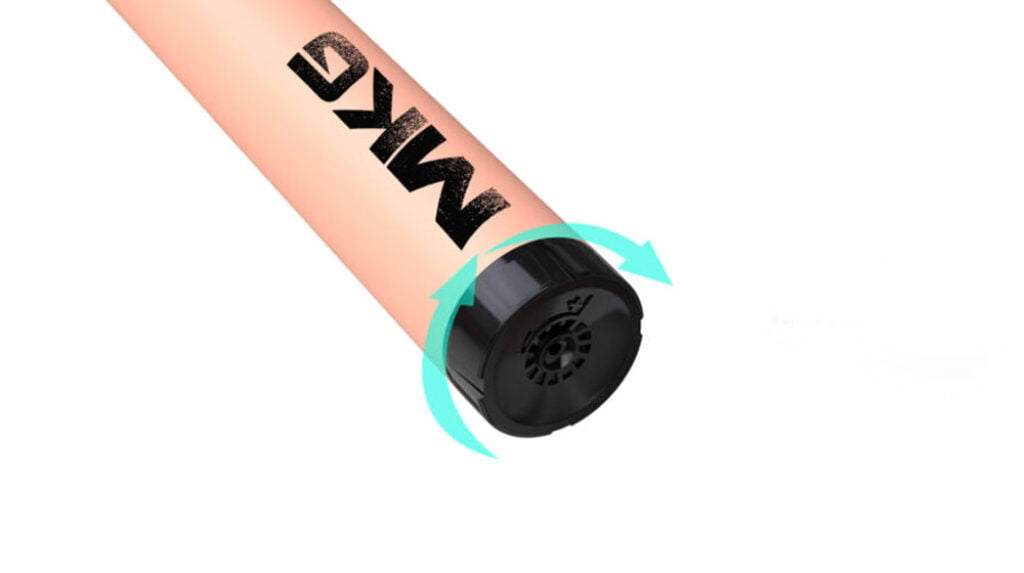
How to Adjust Airflow on Different Vaping Devices
1. Locating the Airflow Control
- Vape Pens: Look for a rotating ring at the base of the tank.
- Pod Systems: Some pods offer airflow sliders or interchangeable pods with preset airflow.
- Box Mods: These advanced devices typically feature adjustable airflow rings on the tank.
- Disposable vape: Many disposable vapes also have airflow adjustments, usually located on the bottom of the product.
2. Steps to Adjust Airflow
- Identify the Control Mechanism: Locate the airflow ring or slider.
- Experiment with Settings: Gradually adjust the control, moving from wide open to tightly closed to find your sweet spot.
- Test Performance: Take a few puffs after each adjustment to evaluate the impact on flavor, vapor, and throat hit.
3. Device-Specific Tips
- Rebuildable Atomizers (RDA/RTA): Fine-tune airflow by positioning the coil and wicking precisely.
Effects of Airflow Adjustment
1. Vapor Temperature
- Wide airflow cools the vapor, offering a smoother inhale.
- Restricted airflow warms the vapor, providing a more intense throat hit.
2. Flavor Intensity
- Tight airflow concentrates the vapor, amplifying flavor nuances.
- Open airflow reduces flavor intensity but enhances cloud production.
3. Vapor Production
- High airflow settings maximize cloud size.
- Restricted settings produce denser, smaller clouds.
4. Throat Hit
- A tighter airflow increases throat hit, often preferred by those using higher nicotine concentrations.
Optimizing Airflow for Vaping Styles
1. Mouth-to-Lung (MTL) Vaping
- Mimics smoking with a two-step inhale.
- Use tight airflow settings for a restricted draw and stronger throat hit.
2. Direct-to-Lung (DTL) Vaping
- Involves a deep, direct inhale to the lungs.
- Open airflow settings allow for smooth, airy draws and large clouds.
3. Cloud Chasing
- Enthusiasts seeking massive vapor clouds should use maximum airflow, low-resistance coils, and higher wattage.
Troubleshooting Common Airflow Issues
1. Airflow Clogging
- Symptoms: Tight draw or reduced vapor production.
- Solution: Clean the tank and airflow channels regularly to prevent residue buildup.
2. Leaks and Spitting
- Symptoms: E-liquid leaking from the airflow holes or spitting during use.
- Solution: Adjust airflow settings to balance pressure and avoid over-saturating the coil.
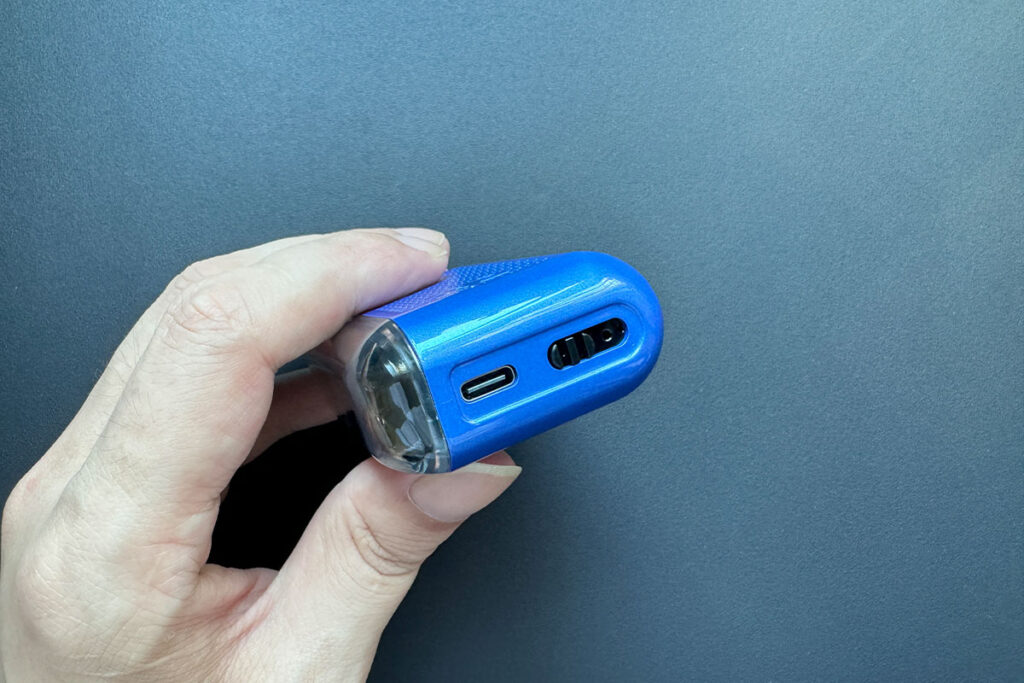
FAQs
- How does airflow affect flavor and vapor production?
Tight airflow enhances flavor but reduces vapor production, while open airflow produces larger clouds at the cost of flavor intensity. - Is more airflow better for vaping?
It depends on your goals. More airflow is ideal for cloud chasers, while less airflow suits flavor enthusiasts and MTL vapers. - Why does my vape feel tight when inhaling?
A clogged tank or overly restricted airflow setting can cause this issue. Cleaning your device and adjusting the airflow can help. - Does adjusting airflow consume more e-liquid?
Yes, open airflow increases vapor production, leading to faster e-liquid consumption. - How can I find the ideal airflow setting for my vaping style?
Experiment with settings to find the right balance between flavor, vapor, and throat hit.
Conclusion
Mastering the art of airflow adjustment on your vaping device opens the door to a truly personalized experience. By understanding the components, effects, and techniques for optimizing airflow, you can tailor your device to match your preferences, whether you prioritize flavor, vapor production, or a satisfying throat hit.


